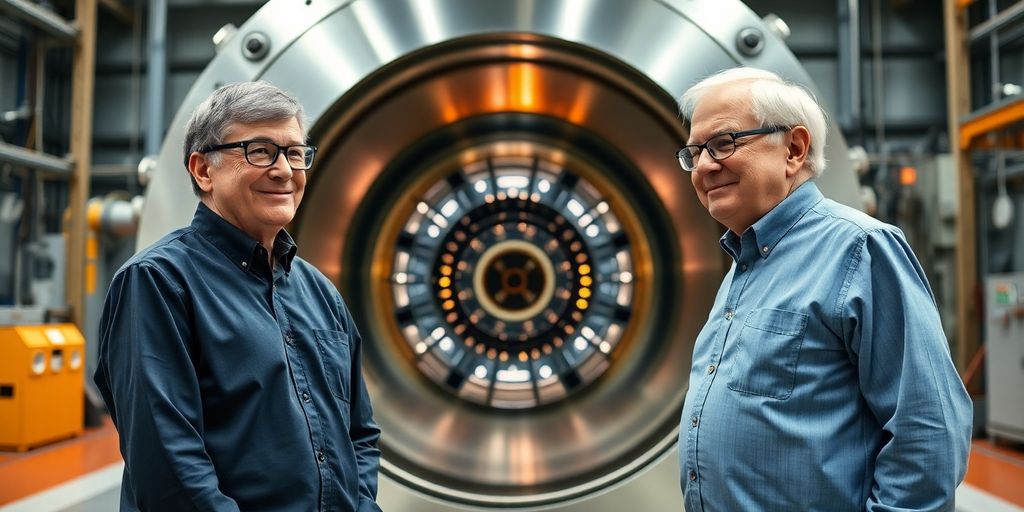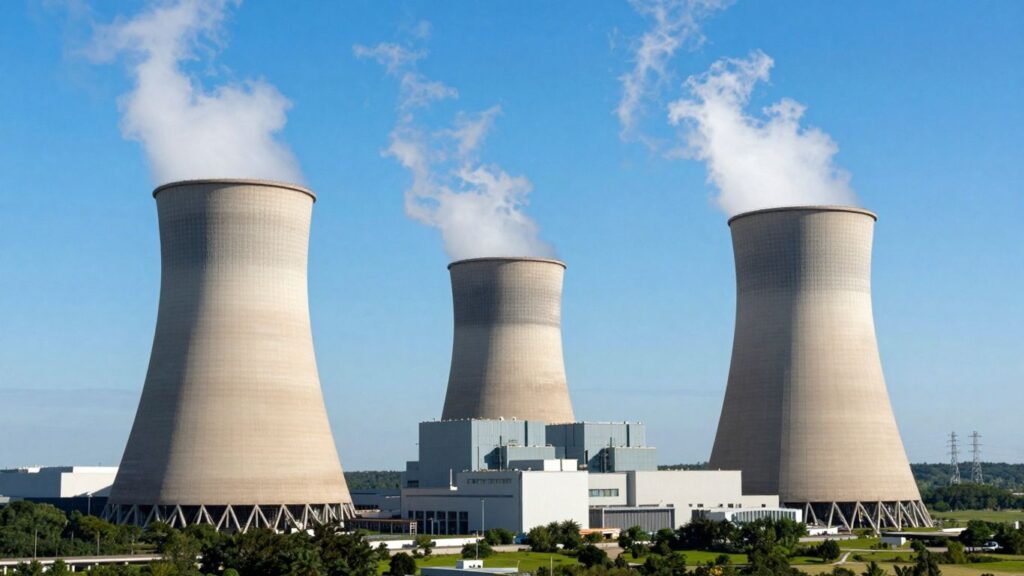Tech mogul Bill Gates and investment titan Warren Buffett are joining forces to construct a groundbreaking nuclear reactor in Wyoming. The project, spearheaded by Gates’s TerraPower and Buffett’s PacifiCorp, aims to deploy a new type of advanced nuclear technology at the site of a retiring coal plant, marking a significant step in the pursuit of carbon-free energy solutions.
Key Takeaways
- Bill Gates and Warren Buffett’s companies are collaborating on a new nuclear reactor project in Wyoming.
- The project will utilize TerraPower’s Natrium reactor technology.
- The initiative aims to provide a carbon-free energy source to supplement renewables.
- The demonstration plant is expected to take approximately seven years to build.
A New Era of Nuclear Power
TerraPower, founded by Bill Gates, and PacifiCorp, owned by Warren Buffett’s Berkshire Hathaway, have selected Wyoming as the location for the first Natrium nuclear reactor demonstration plant. This innovative project is planned for the site of a coal plant that is nearing retirement, aiming to transition the energy landscape.
The Natrium Reactor Technology
The Natrium reactor is described as a small, advanced reactor that operates on different fuels compared to traditional nuclear reactors. It is a 345-megawatt sodium-cooled fast reactor featuring molten salt-based energy storage. This storage capability allows the system to increase its power output to 500 megawatts during periods of peak demand. Gates has expressed optimism, calling the Natrium technology a "game-changer for the energy industry."
Environmental and Economic Impact
Wyoming’s governor, Mark Gordon, highlighted the project’s importance for the state’s energy strategy, stating, "This is our fastest and clearest course to becoming carbon negative." He emphasized that nuclear power is a key component of his "all-of-the-above strategy for energy" in Wyoming, the nation’s top coal-producing state. The project is estimated to cost around $1 billion.
Funding and Timeline
The U.S. Department of Energy has already awarded TerraPower $80 million in initial funding to demonstrate the Natrium technology, with further funding contingent on congressional appropriations. Chris Levesque, President and CEO of TerraPower, indicated that the demonstration plant is expected to take about seven years to construct, with the goal of having this clean energy source operational on the grid in the 2030s.
Considerations and Concerns
While advanced reactors like the Natrium are seen as a critical carbon-free technology, some nuclear power experts have raised concerns about potentially higher risks compared to conventional reactors. Reports suggest that the fuel enrichment levels required for some advanced reactors could pose proliferation risks. However, Levesque stated that these plants are designed to reduce proliferation risks by minimizing overall nuclear waste.












